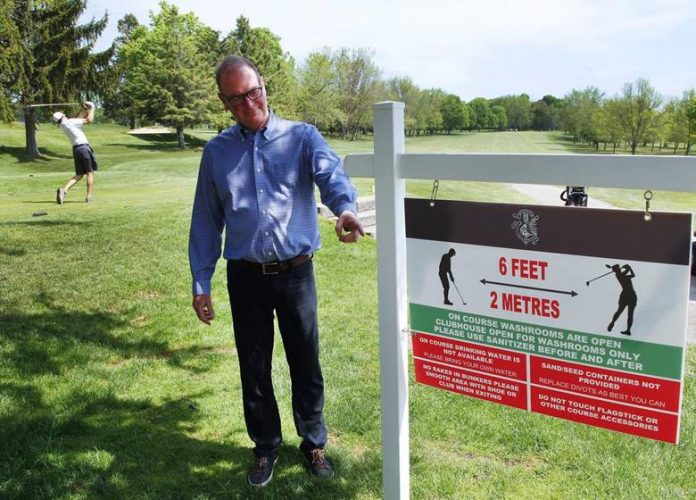
We are one month into the COVID-19 golf season and it’s time for an early take on what’s transpired.
The overwhelming theme for me is similar to almost everything else I’ve witnessed over the past three months. Be prepared to be surprised.
Don’t underestimate the power of forced change to forever change behaviours that we would have expected to be more ingrained. And know that every single part of our existence right now is vulnerable to even more drastic reinvention. In the name of health and safety, in the name of convenience, and in the name of lower cost options.
At work I’ve been using this phrase with my team, and with clients, “2030 has just landed in our lap.” As in how people of all generations have been given no choice but to join the digital economy. Be it banking, shopping or doing yoga.
And like how those of us in our professional lives who have been forced to work on Zoom or Teams, overnight, whether we like it or not. Whether it’s best or not. Just deal with it.
For golf, most would argue that the sport has historically been slow to change. Could COVID-19 be the catalyst to upend these previously sacred cows?
The Pin. Some changes to the rules of golf in 2019 removed the penalty for hitting the flagstick with a putt from on the green. Some players, some complete foursomes, decided to leave it in most of the time. Let’s say the practice was catching on but by no means was it standard.
After one month of forced leaving the pin in for safety reasons, the habit is now ingrained. It speeds up play. Everyone has adjusted. Scores aren’t any higher. There’s no going back. Let’s nail the pin to the cup and never remove it.
Tee times. Adding a couple minutes between groups ensures that space can be created so that a couple wayward shots in a group on the first hole doesn’t back the whole tee sheet up behind them.
Sometimes it feels painful to wait that extra two minutes for them to not just hit their second shots, but wait until they are almost on the green. But it is so worth it. Proven.
Pace of Play. Almost everyone I talk to says they’ve knocked 10-15 minutes off of their rounds. I suspect it’s most true for the bell curve of golfers in the middle, that the super fast now were always super fast, and that the slowest among us would need automatic one-putts and 15 holes to break the four hour mark.
Why are we playing faster? See previous, but also no raking of bunkers, filling of divots, sitting on benches, washing of golf balls. Some practices we should plan on doing away with forever, or finding alternate solutions.











